The new Chancellor, Jeremy Hunt’s update statement was in two parts: firstly, a pre-emptive media statement in the morning, then an official statement to the House of Commons in the afternoon. He announced what amounts to a near total unwinding of Kwasi Kwarteng’s announcements made on 23 September.
We have detailed which measures were scrapped and which remain, with our commentary below. Please click to expand each point.
Measures revoked
Measures under review
Measures retained
Financing
The measures now unwound account for about £11 billion of the extra £45 bn of borrowing by 2026/27 created by the 23 September ‘fiscal event’. The U-turn on abolishing the top 45% rate of tax (outside Scotland) and Friday’s decision to keep the already legislated for corporation tax increases were worth about £21 bn, implying that over 70% of Kwasi Kwarteng’s planned borrowing spree has now disappeared.
Based on recent analysis by the Institute for Fiscal Studies, the 2026/27 financing black hole that remains after all the unwinding is about £32 bn, although press rumours at the weekend suggested that the Office for Budget Responsibility (OBR) could add another
£10 bn to the IFS’s debt projection.
The Chancellor stated that there will be “more difficult decisions” to come on both tax and spending. Government departments will be asked to find efficiencies within their budgets. In his initial statement Mr Hunt also said, “Some areas of spending will need to be cut.”
Further changes to fiscal policy to put the public finances on a sustainable footing will be announced on 31 October alongside the publication of the OBR’s Economic and Fiscal Outlook.

Award-winning chartered accountants offering tax, audit and advisory services.


